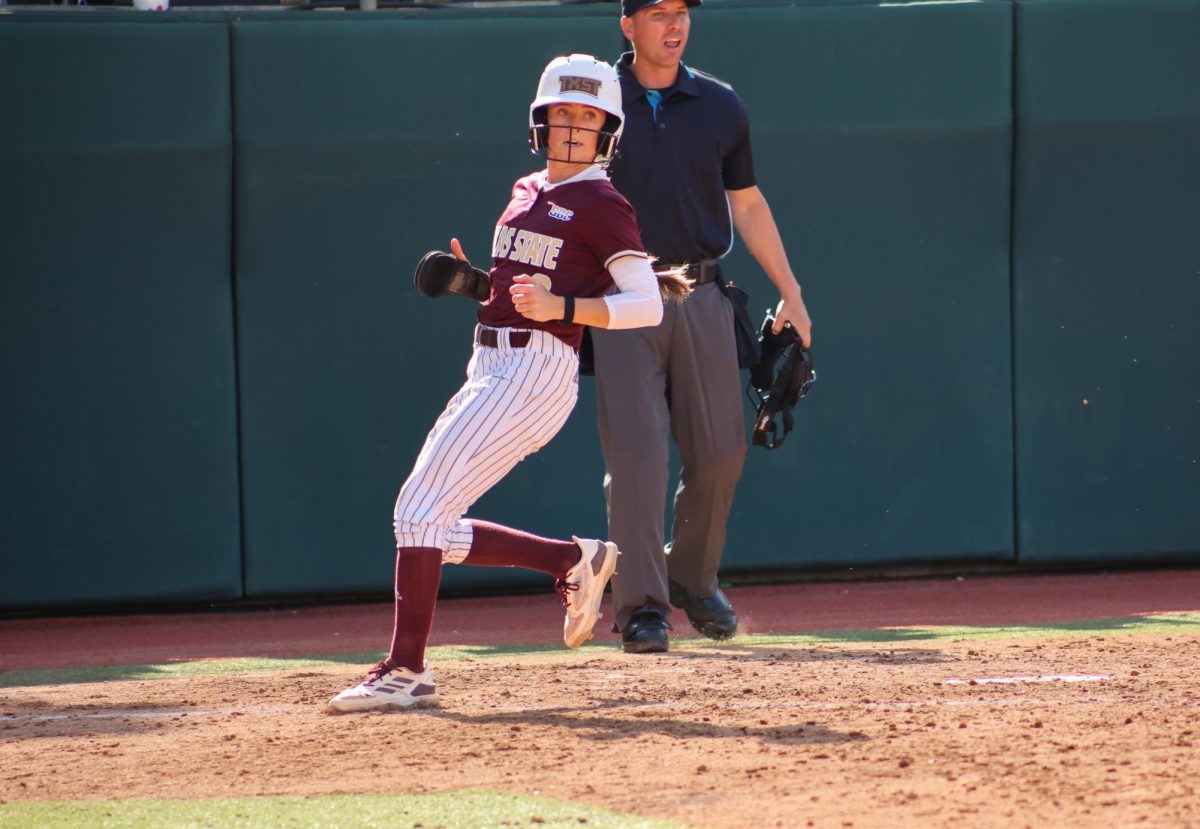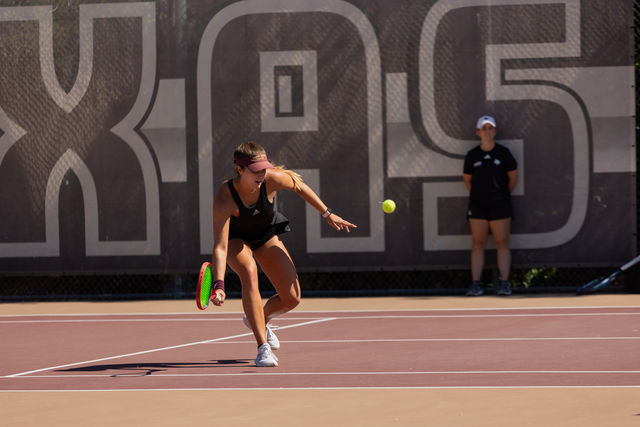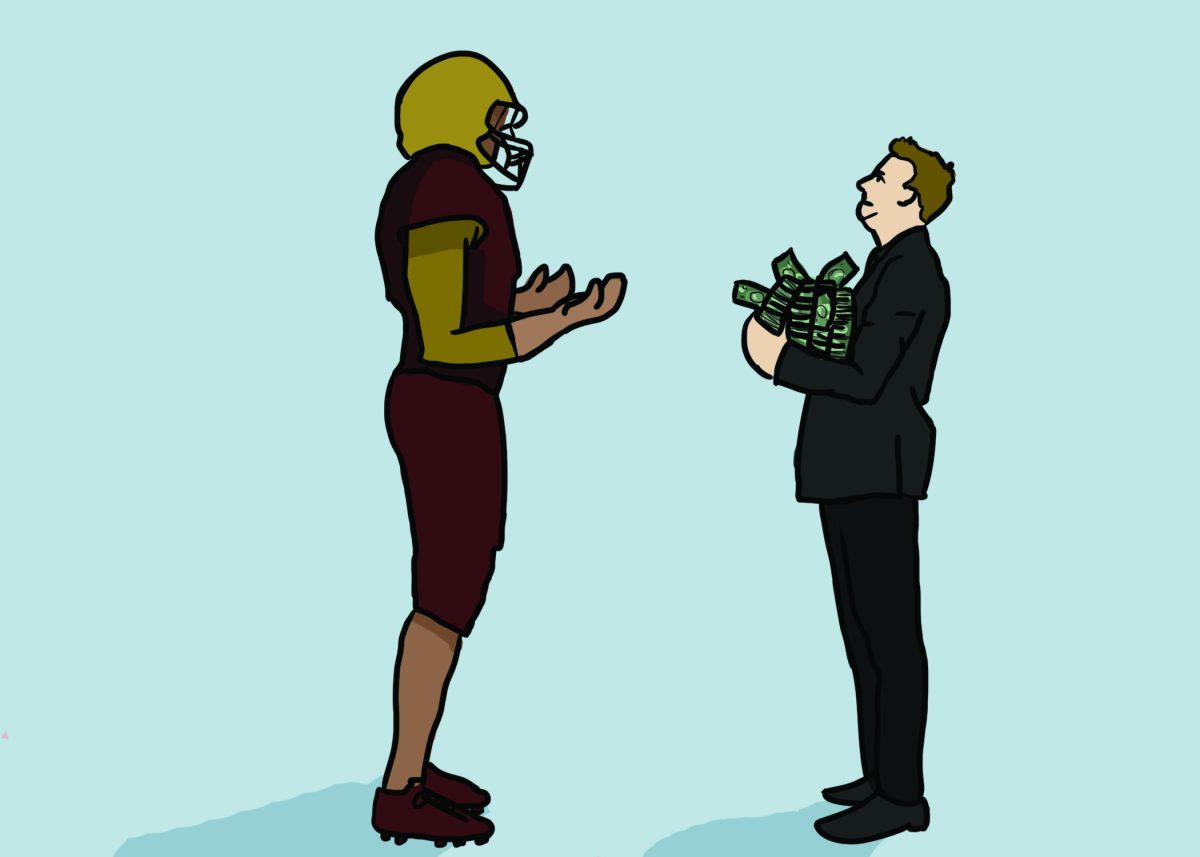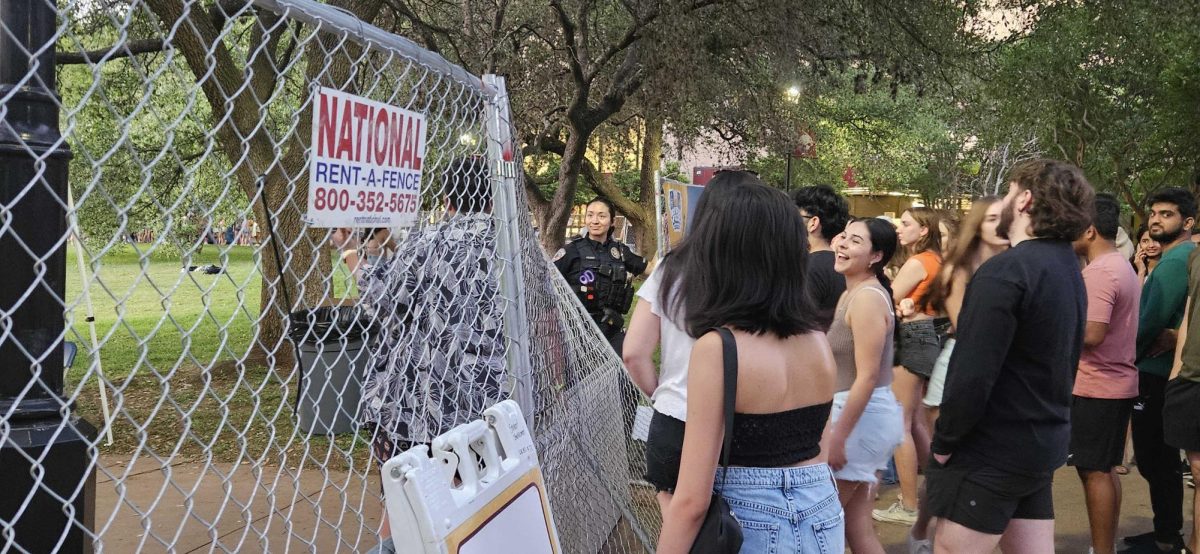As Homecoming week is upon us, students and alumni who otherwise are completely unconcerned with Texas State football put on their most spirited performances of school pride in exchange for free T-shirts and alcohol. While a simple comparison between the attendance at any weekend’s tailgate and the second half of the game will show you where student’s priorities lie, Texas State continues to spend an egregious amount of money on its athletics program at the expense of the students.
Though Texas State fits into a larger trend of increased spending on athletics at public universities, the amount of debt covered by students in tandem with the poor performance of our football team should bring up certain questions.
In an era where educators are constantly being told to live within their means or risk being cut altogether, why not hold college athletic programs to the same standard?
If performance and revenue were serious considerations in the budgets of athletic programs, it is not hard to imagine Texas State football not living up to the standards of success that educational programs are held to so critically.
In 2015, five school districts across Texas were shut down for failing to meet “scholastic or fiscal benchmarks,” a move that affected nearly 10,000 students. Despite consecutive seasons at the bottom of the Sun Belt conference, recently-hired coach Everett Withers is already the highest paid official at Texas State University, surpassing President Denise Trauth’s salary by more than $100,000.
According to a report from The University Star last spring, the Texas State Athletics program spends, “over $30 million annually and lost more than $20 million during the 2014-15 fiscal year.” However, students cover $17.6 million of this debt by way of the highest athletics student fee in the state at $300 per 15-hour semester.
While advocates for this spending suggest that athletics programs help bring exposure to the university and unify the institution, tailgates suggest that football is not the most important variable in this function. In fact, Homecoming week serves as proof that much of the community attributed to our losing football team is easily replicated by well-organized on-campus events and alumni engagement.
Even the most pertinent benefits of Texas State’s athletics program, such as the scholarships and educational opportunities offered to low-income students, could be easy to replace with half the amount of student fees without wasting the time of players that the coach himself claims are not as talented as previous year’s team. To be clear, the time wasted is not of students participating in a sport that they justifiably love, but rather the time taken away from their education and potential opportunities dashed by the strict NCAA guidelines for student-athletes in regards to amateurism.
Hopeful fans of Texas State football insist that the team we have now is merely a part of the development stages of a team that one day may be successful in a conference described on Bleacherreport.com as “clearly at the bottom of the (Football Bowl Subdivision) barrel.” Perhaps it is time we prioritize education over athletics and no longer tolerate using the money of students to cover avoidable debts.
– Tafari Robertson is a public relations senior















